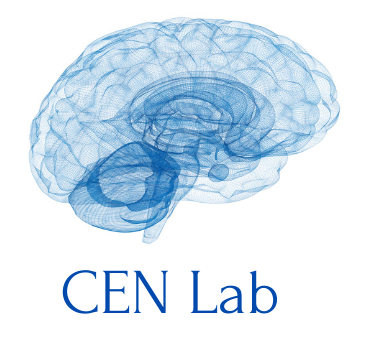Various components of emotion dysregulation (such as abnormal patterns of emotion dynamics and maladaptive aspects of emotion regulation) constitute some of the most serious difficulties in borderline personality disorder (BPD) and anorexia nervosa (AN). Nevertheless, despite a growing body of research on daily-life emotion dynamics in BPD, there is still a paucity of such studies concerning AN. Interestingly, in these disorders, maladaptive emotion regulation can take the form of contrasting strategies, ranging from non-suicidal self-injury (assumed to be more specific to BPD) to emotion suppression (thought to be more specific to AN), manifesting itself as starvation or suppression of emotional expression.
However, no study has hitherto simultaneously investigated multiple maladaptive emotion regulation strategies in connection with emotion dynamics and situational context in either of the disorders. Apart from that, findings on functional neural correlates of emotion regulation in BPD and AN are rather inconsistent and the state of scientific knowledge on the disorder-specific and transdiagnostic components of emotion dysregulation in these disorders remains insufficient.
Addressing the above-mentioned gaps in knowledge, the project aims at investigating the following issues in BPD and AN:
- emotion dynamics and their regulation in specific situational context in daily life with the use of the experience sampling method (ESM);
- neural underpinnings of emotion regulation with the use of functional magnetic resonance imaging (fMRI);
- relationships between data across the employed methods; and
- determining disorder-specific and transdiagnostic components of emotion dysregulation.
The ESM part of the study will be conducted with the movisensXS app.



